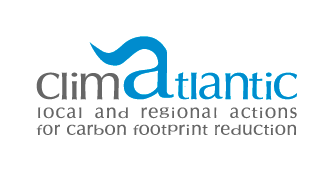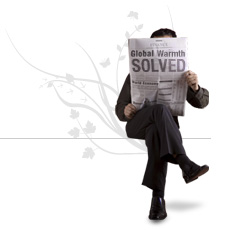NEWS & EVENTS : GENERAL INFORMATION

Phase-down of fluorinated gases essential to reduce effect on climate
12.10.2015
Fluorinated gases (F-gases) have been introduced as substitutes for ozone-depleting substances in many sectors, but they contribute significantly to climate change. The European Environment Agency (EEA) has today published a new report on their production, import and export, which contributes to tracking progress towards their phase-down.
contenidosriet //
The new report "Fluorinated greenhouse gases 2014" shows the production, use, import, export and destruction of these substances in the European Union in 2014. F-gas emissions in the EU have grown by almost 60 % since 1990, and currently make up approximately 2.5 % of EU-28 overall greenhouse gas emissions (measured in 'CO2-equivalent' tonnes (CO2e) to be able to assess their effect on the climate).
F-gases were originally introduced to replace chemicals that were found to be harming the ozone layer. They are used in many different products, including refrigerators and air conditioning units.
New F-gas Regulation
European laws were recently revised and a new F-gas Regulation has been in force since 1 January 2015. This regulation, which includes a new quota system for the main type of F-gases (HFCs), aims to reduce F-gas emissions by two thirds of 2010 levels by 2030. Under the new legislation companies are obliged to report certain activities involving F-gases.
Key findings
The overall 2014 trends, based on company reporting on fluorinated greenhouse gases, can be summarised as follows:
· EU production of fluorinated gases continued to decline for the fourth consecutive year since 2011. Production, measured in tonnes, experienced a year-on-year decline of 15 %, or 11 % in terms of CO2e;
· Bulk imports of fluorinated gases increased by 90 % compared to last year’s reporting (CO2e);
· The high increase in bulk imports is mostly due to a 95 % increase in HFC imports, resulting to a large extent in HFC stockpiling in the EU;
· 2014 was marked by a 61 % increase in amounts of HFC being placed on the market. This is most probably due to stockpiling in anticipation of the HFC-phase down and quota allocations for placing HFCs on the market from 2015 onwards;
· Bulk exports of HFCs continued to increase for the fifth year in a row. There was an increase of 22 % (tonnes), or 24% (CO2e) compared to 2013.
Technical report No 22/2015








